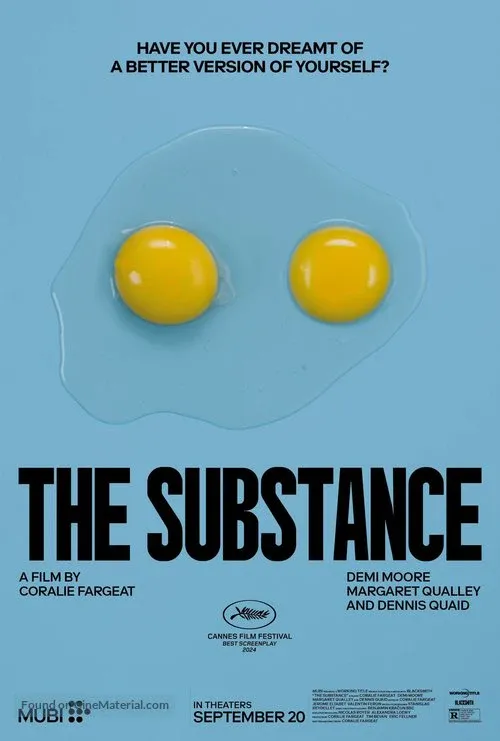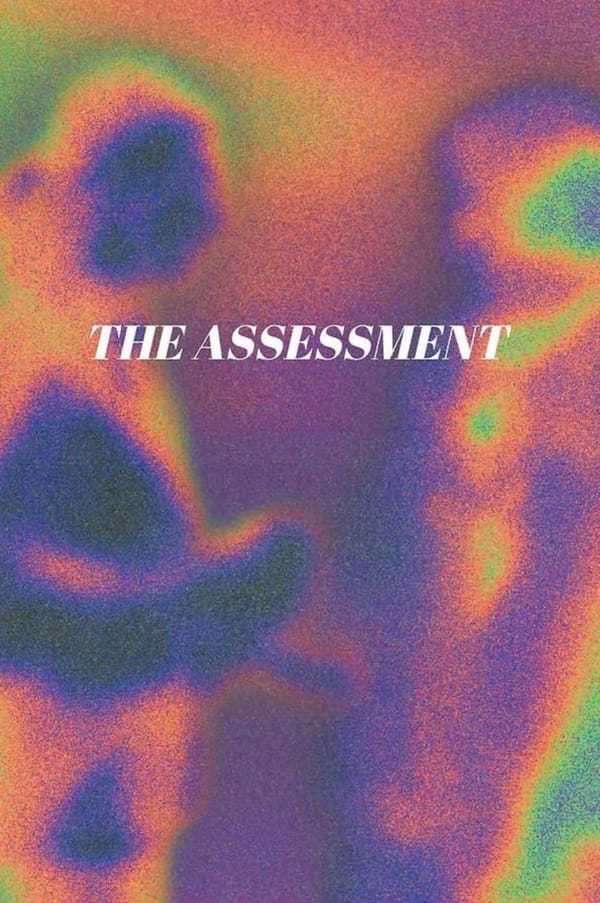Dorian Gray and Elisabeth Sparkle: two sides of the same coin?
The Substance acts as an overt yet thought-provoking piece of societal criticism, drenched with the same anxieties that Oscar Wilde discussed more than a century earlier.
In the past few years, there has been a sudden influx of movies concerned with criticising societal beauty standards, with The Substance adding to the ranks of Greta Gerwig’s Barbie and Joseph McGinty Nichol’s Uglies. Ironically, the female leads cast in these movies epitomise those same beauty standards, and Demi Moore is certainly no exception. The Substance is a 2024 body horror film, heavily lauded but equally criticised – and it is loosely based off the classic novel, Wilde’s The Picture of Dorian Gray.
Elisabeth Sparkle’s Faustian bargain
Demi Moore portrays Elisabeth Sparkle, a fading star in the industry, who is lured into the promise of reviving her beauty, youth and fame by taking the Substance – a drug that takes away two weeks off each month of her life, replacing her with Margaret Qualley’s Sue, a younger, perfect version of Elisabeth. The catch, one that Sparkle quickly comes to lament, is that Sue is separate to her, and like Gray’s portrait, cannot be controlled. Sue also abuses the Substance, ultimately leading to their collective demise. Whilst the book describes a male and potentially homoerotic view of beauty and relationships, the film offers a spotlight on the heteronormative ideals that straight women are pushed into.
Dorian Gray starts as a naïve and impressionable young man, and corrupted by his own beauty, devolves into a manipulative and tortured murderer. Elisabeth Sparkle faces a different dilemma – having been defined by her youthful beauty her whole life, she is swayed by a new wonder drug (perhaps a not so veiled reference to the weight loss drug Ozempic), and eventually finds her own body aging rapidly as her alter ego takes over her life.
Both characters are troubled by their bargains, although Dorian’s actions stem from an anxiety instilled in him by the perhaps devilish Lord Henry Wotton, who proclaims, “Youth! Youth! There is absolutely nothing in the world but youth!” As satirical and superficial as that sentence may read, especially coming from a hedonistic aristocrat, there are many TikTok gurus today who would agree that anti-ageing is imperative. This influence has not been lost on Gen Z, who have coined words like “looksmaxxing”, “glow-up”, and “mogging”, terms which focus on improving or displaying appearances. It is no question whether a Dorian Gray made flesh and bone would fit in with the society in The Substance – he would welcome it, perhaps, and like Elisabeth Sparkle, would be tempted by the promise of ageless beauty.
Are older women respected in Hollywood?
The male director of Elisabeth Sparkle’s aerobics show, aptly named Harvey, has obvious parallels with the disgraced film mogul of the same name, and so the movie serves as a commentary on Hollywood’s notorious sexist working environments and its differential treatment of older men and older women. Dennis Quaid portrays a boisterous and empowered misogynist, exclaiming, “How the old bitch has been able to stick around for this long, that’s the real mystery,” which is part of the pressure that drives Elisabeth to taking the drug. If Lord Henry is Dorian’s catalyst into chaos and self-destruction, then Harvey is Elisabeth’s.
Qualley’s Sue is an endearing and seemingly perfect charismatic dancer, with none of the seriousness or melancholy of Elisabeth Sparkle. This could be interpreted as a not-so-subtle critique on how more beautiful women are seen as more joyful, happy, and less uptight. However, as the movie progresses, hints of her selfish, perhaps even evil nature emerge, like when she hides Elisabeth’s vulnerable and naked body in a locked compartment of her pristine white bathroom – tucked away and alone, it is impossible to not empathise with Elisabeth’s lonely, isolated character. Similarly, the portrait of Dorian Gray is hidden in a cellar, alone and static, despite being the “true” depiction of himself.
Despite numerous awards and widespread praise, many critics claim The Substance is too obvious in its themes and indulges in the very thing it is trying to critique – indeed, I had to question, after about the 100th close-up shot of Margaret Qualley’s legs, whether Fargeat was partially missing the point by engaging in the same over-sexualisation the movie seems to oppose.
Would Gen Z take the Substance?
In the early 2020s, media discourse emphasised Gen Z’s preference towards buying inclusive brands, and possessing a more individualistic, fun view of makeup, as opposed to viewing it as a mandatory ritual to attract the attention of the opposite sex. However, recent commentary suggests that there is just as much a focus on beauty as other generations – only it has shifted from makeup to skincare, particularly anti-aging products, such as retinol – perhaps our own version of the Substance – and anti-wrinkle straws gaining popularity.
It would be unfair to pin these trends entirely on Gen Z though, as many media outlets are inclined to do. Famously, the 47-year-old venture capitalist and entrepreneur Bryan Johnson regularly injects himself with his own son’s blood plasma to stay younger and “age in reverse”. Perhaps someone should lend him a copy of the book.
A moral cure for physical anxiety
Clearly our own actions as both a generation and a collective emphasise the past century hasn’t been enough to change our perception of beauty. In fact, with the drugs, augmentations, surgeries, makeup, and filters available now, our relationships with our body and ageing have arguably only gotten worse. The uncomfortable and gendered body horror and gruesome, gory ending of The Substance emphasises a singular take home message – one that Sue delivers smugly – which is, “Take care of yourself”. The ending to Wilde’s novel more articulately suggests the same – that the endless striving in Gray’s quest for beauty is what corrupted his soul, and both mediums imply the audience should temper their anxieties with this knowledge.
See an earlier review of The Substance in this section:











